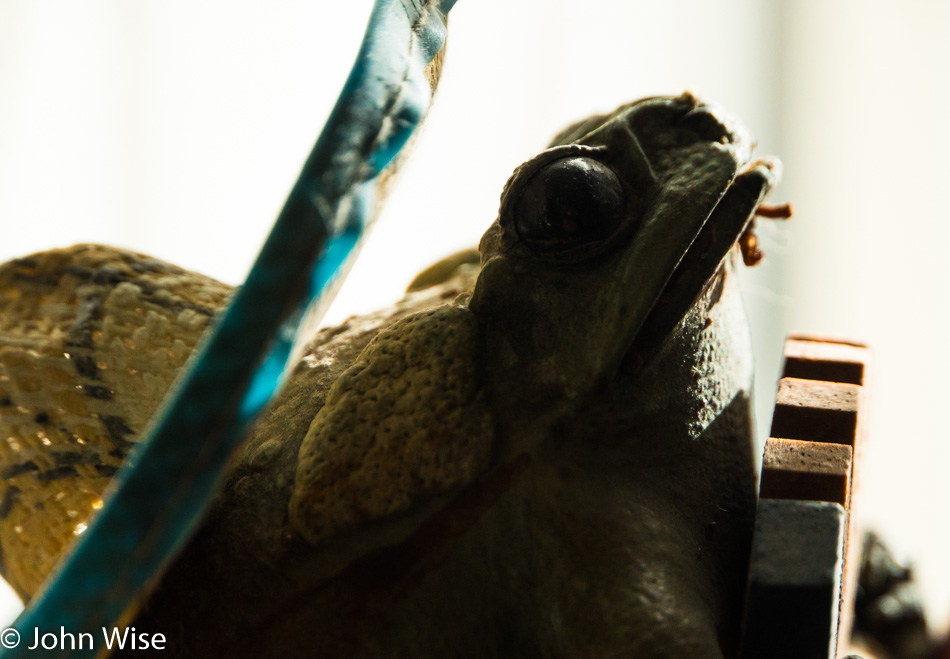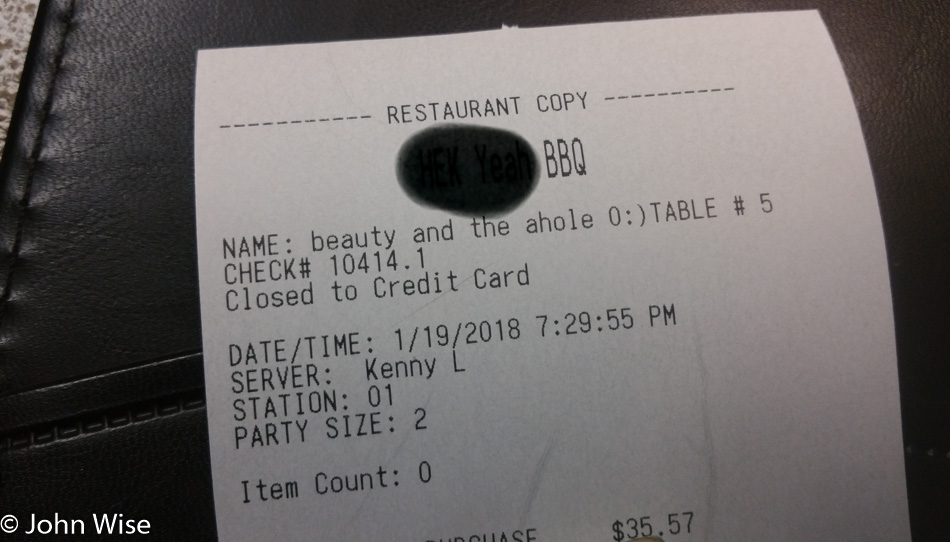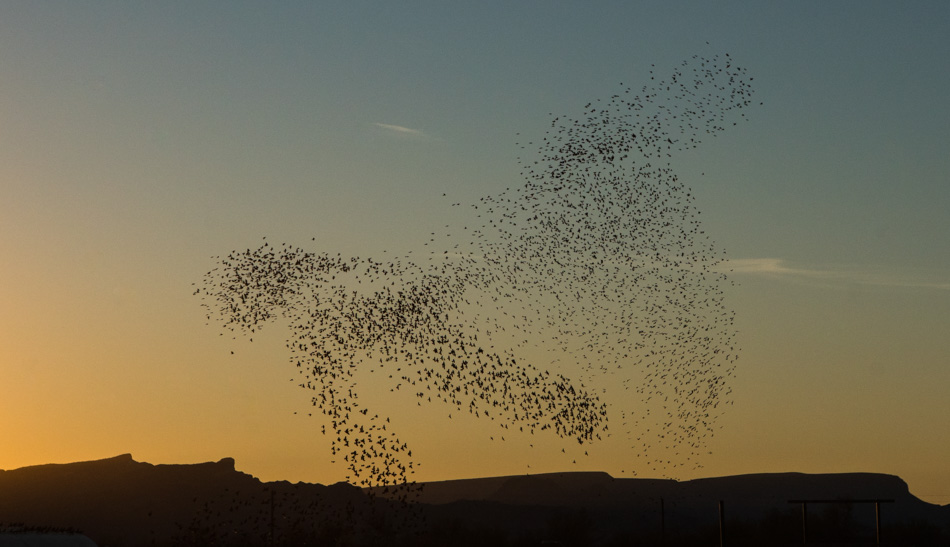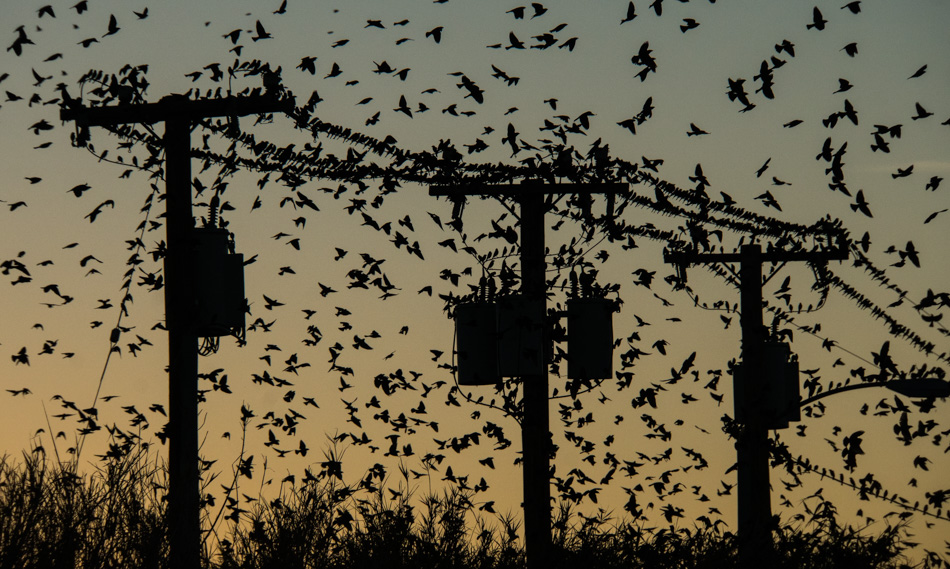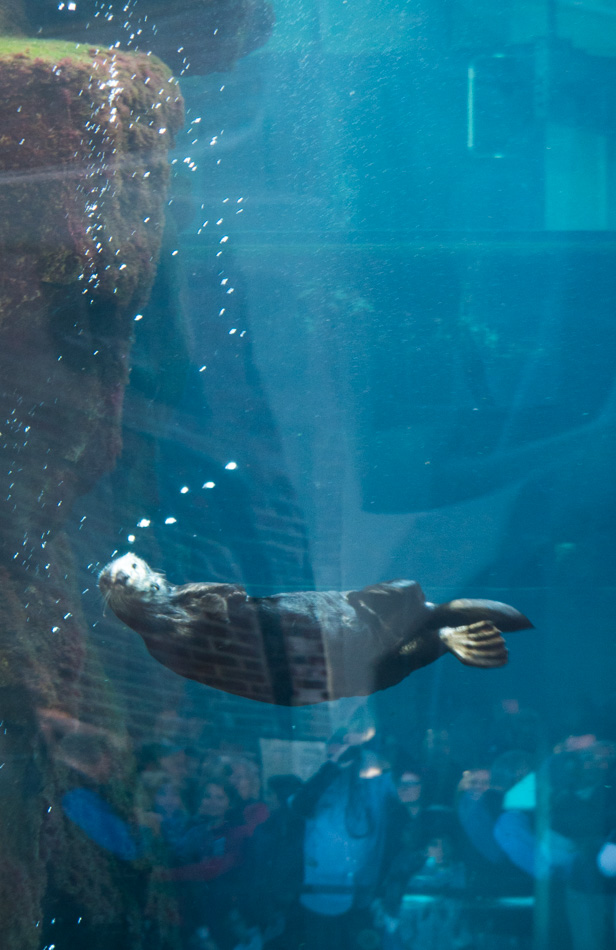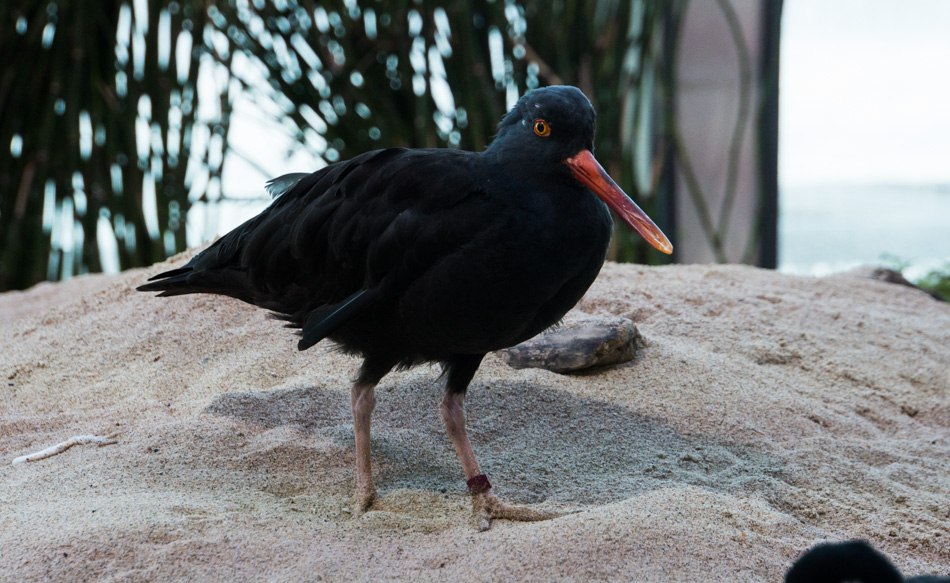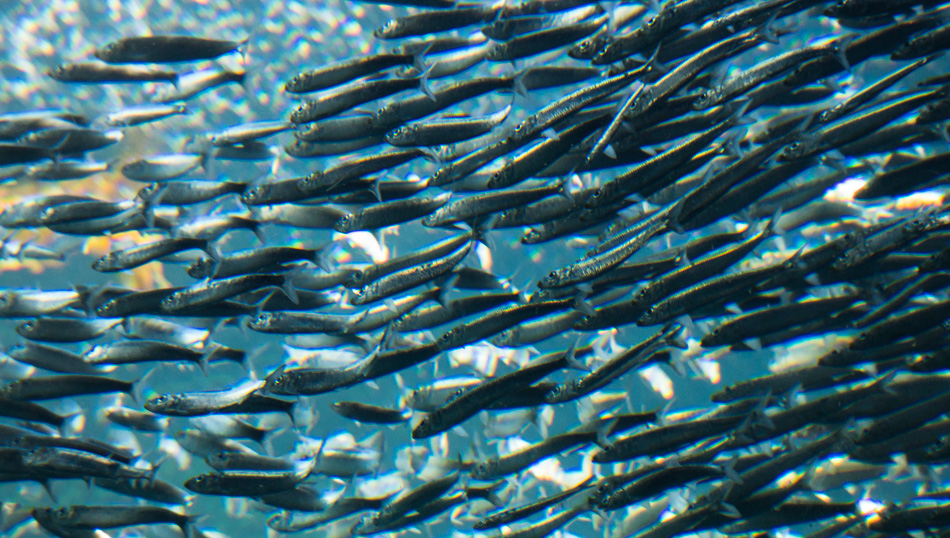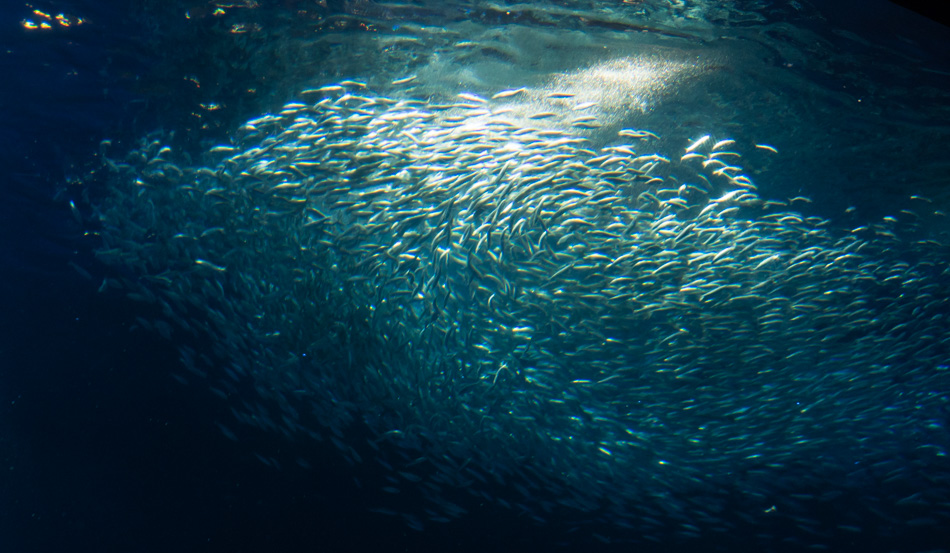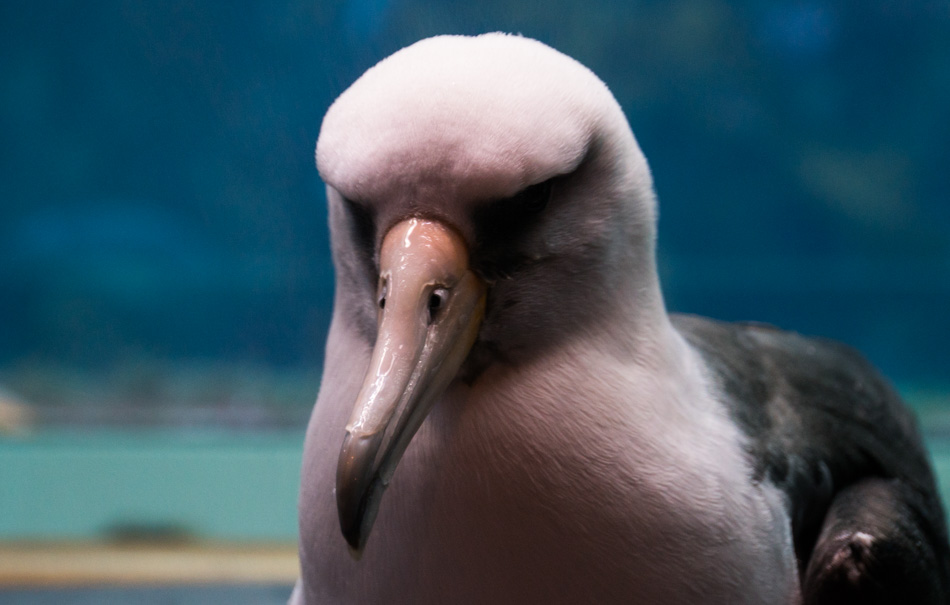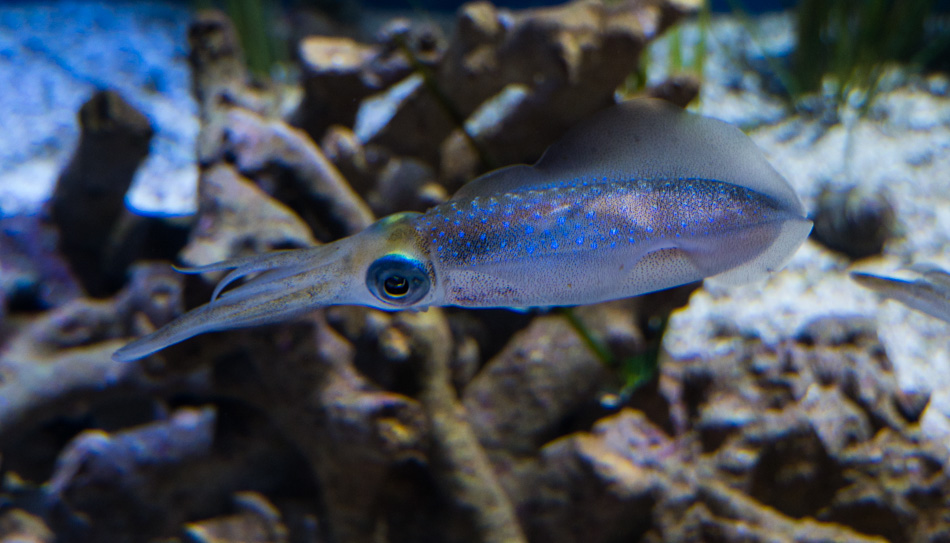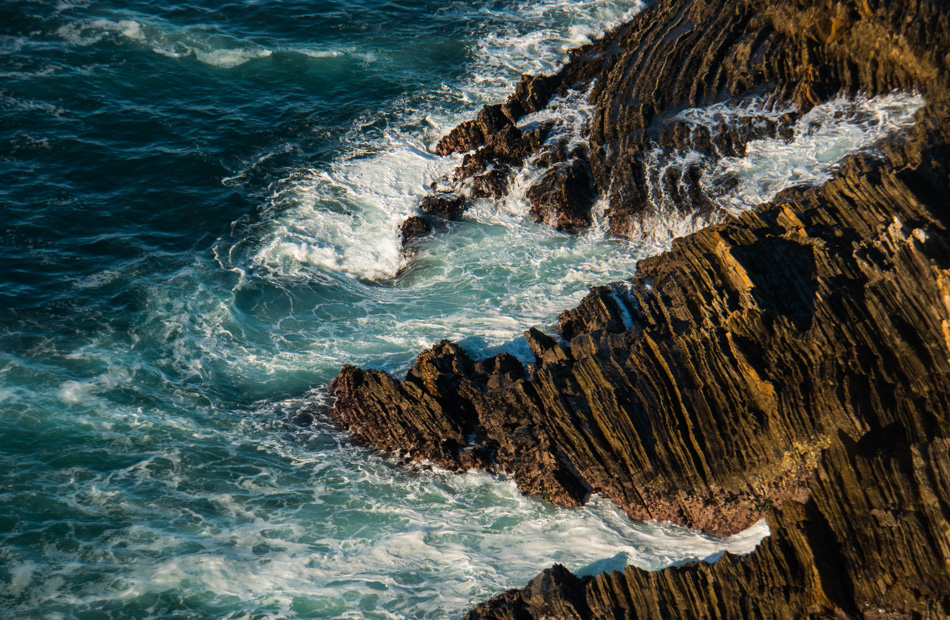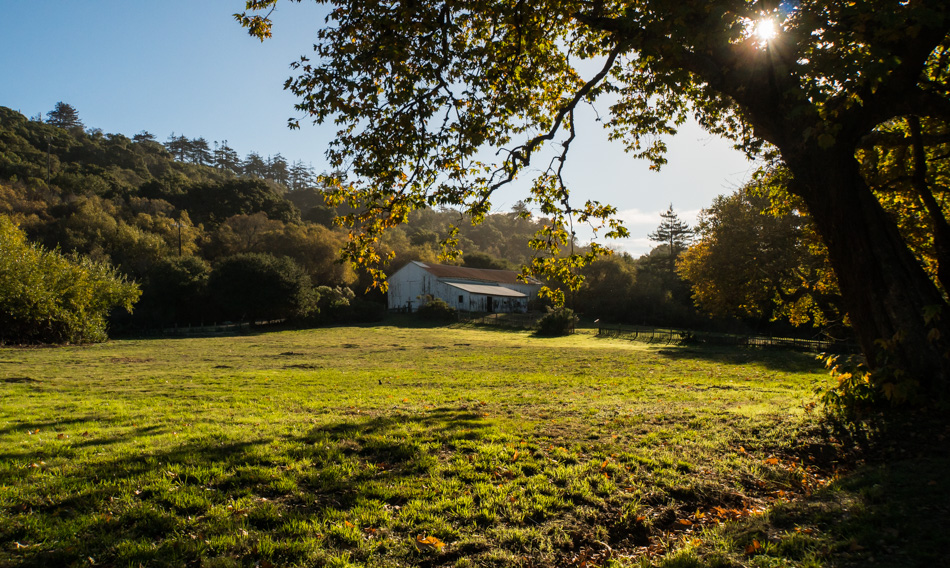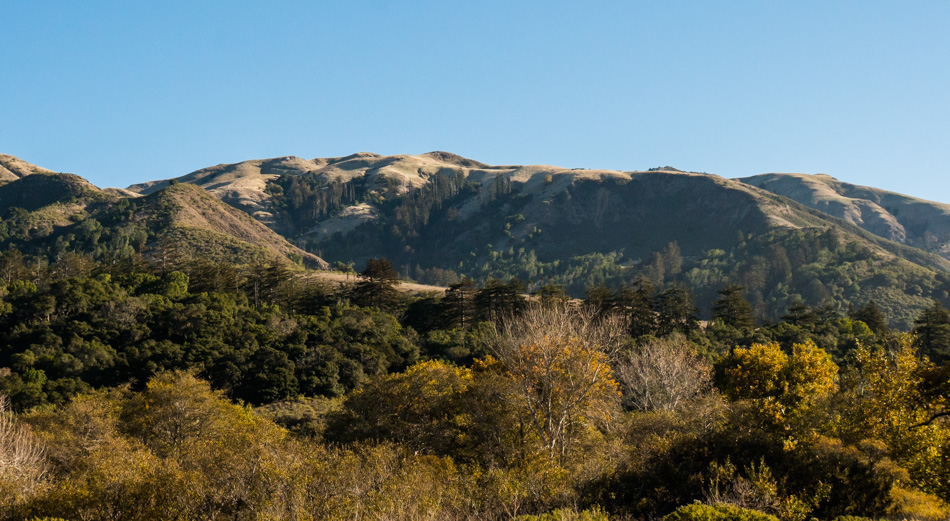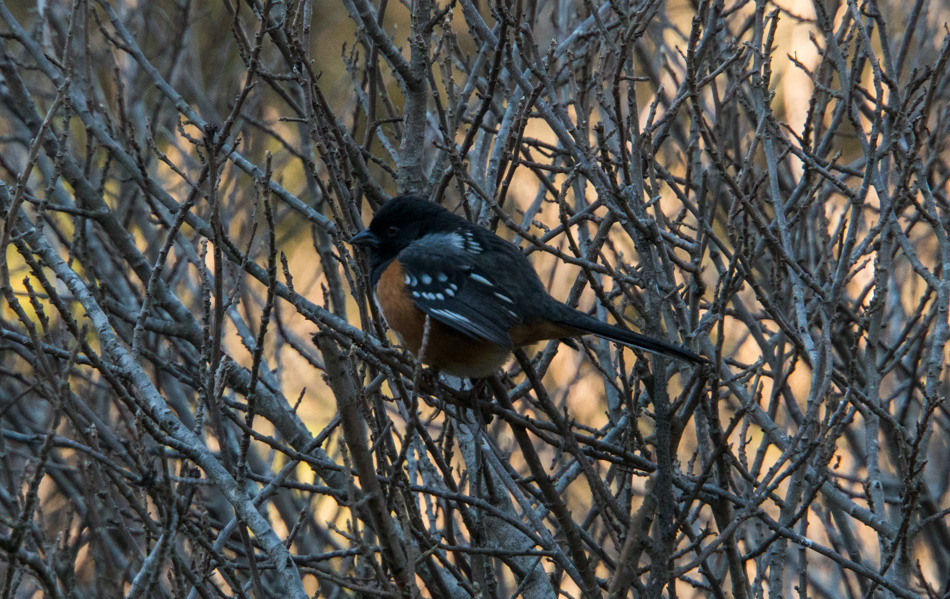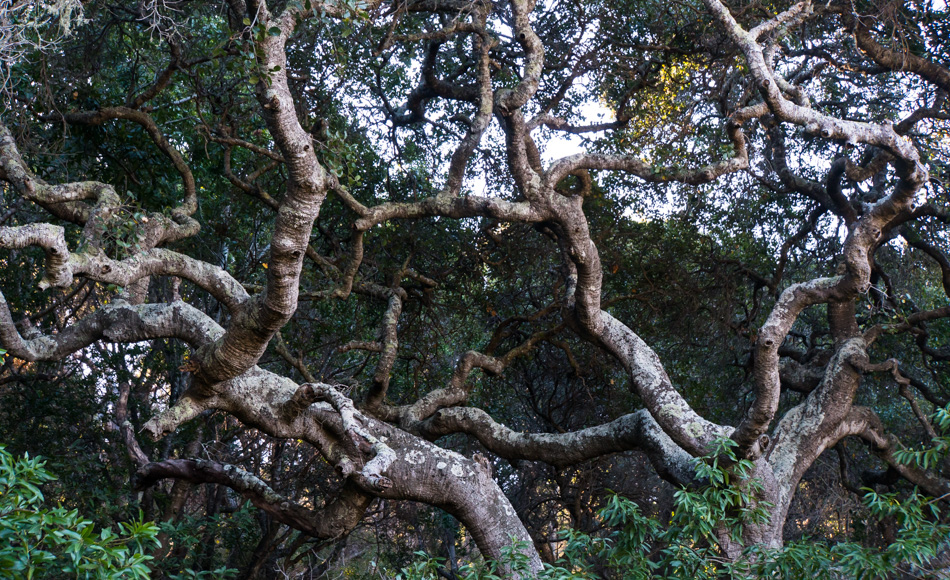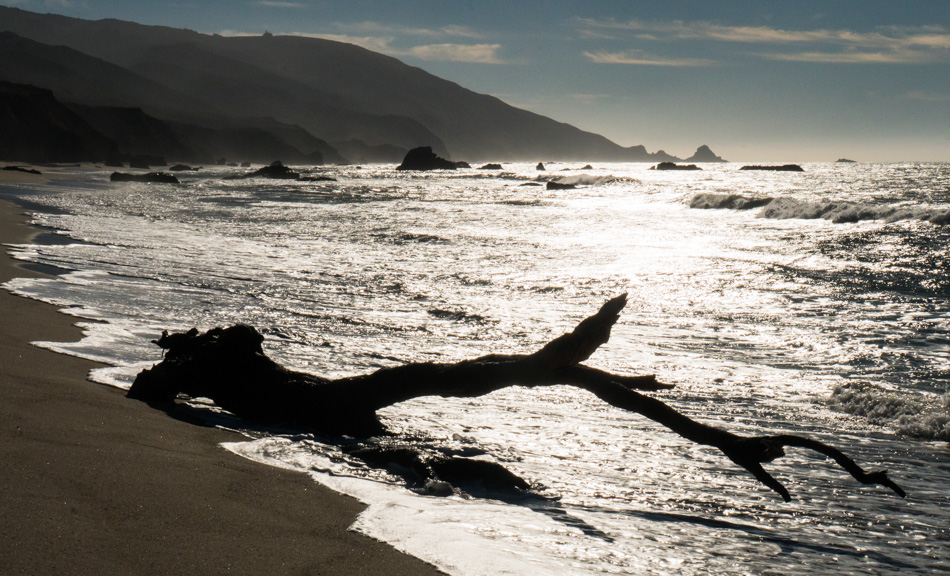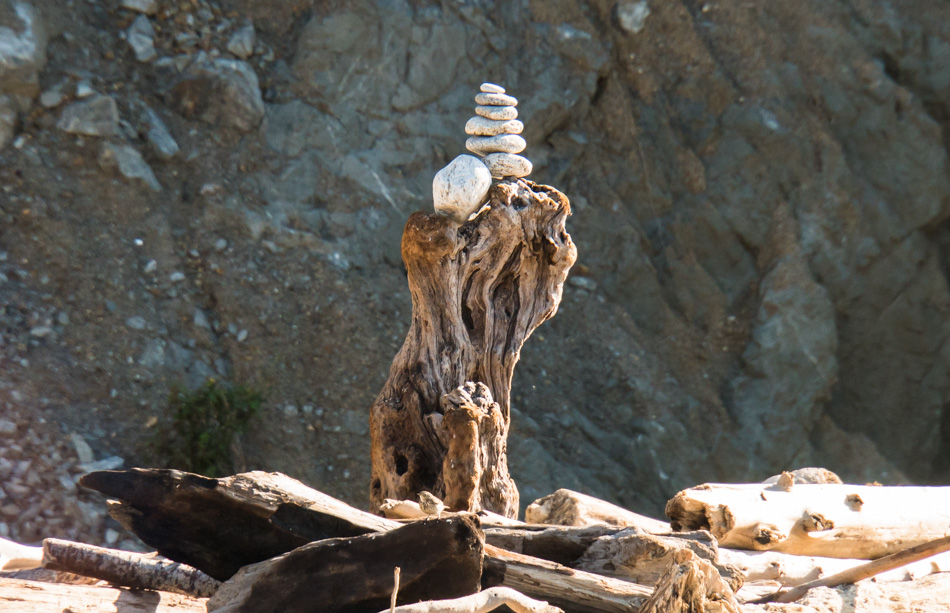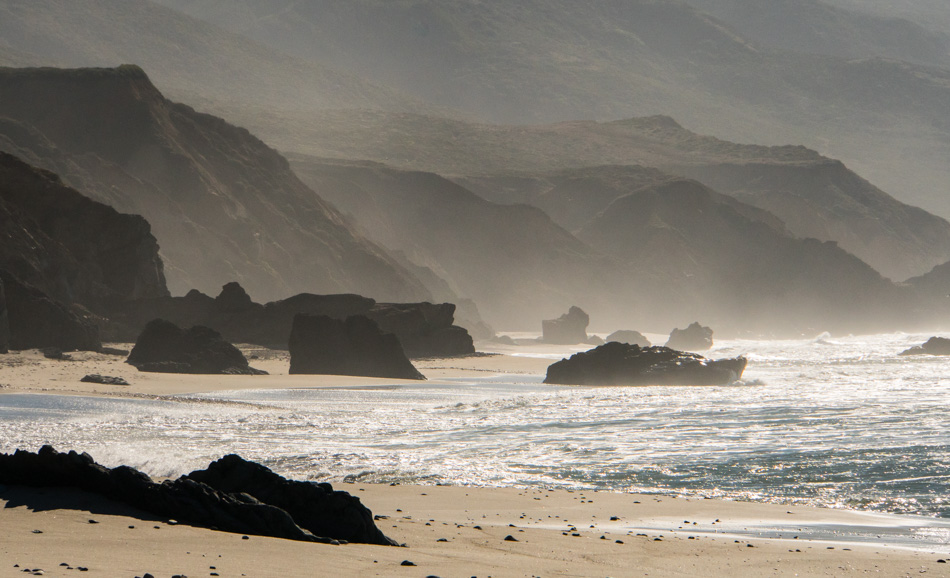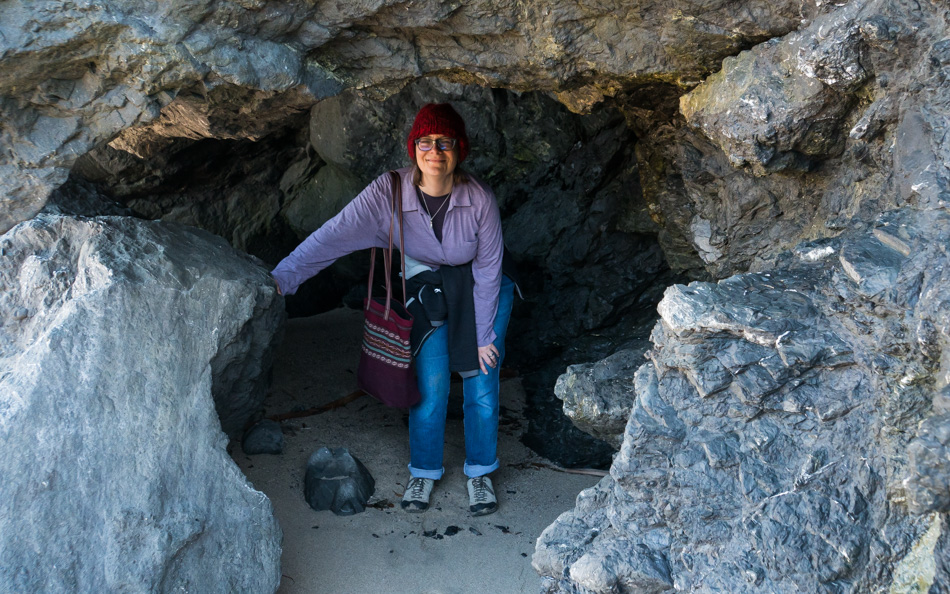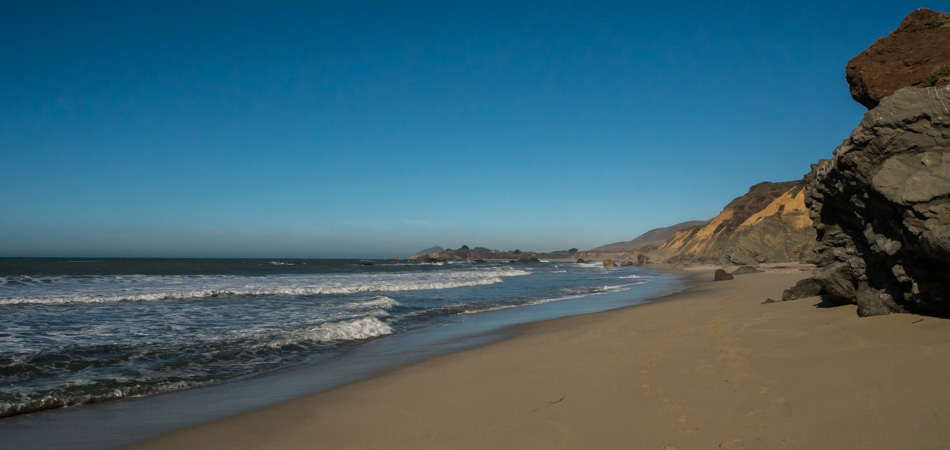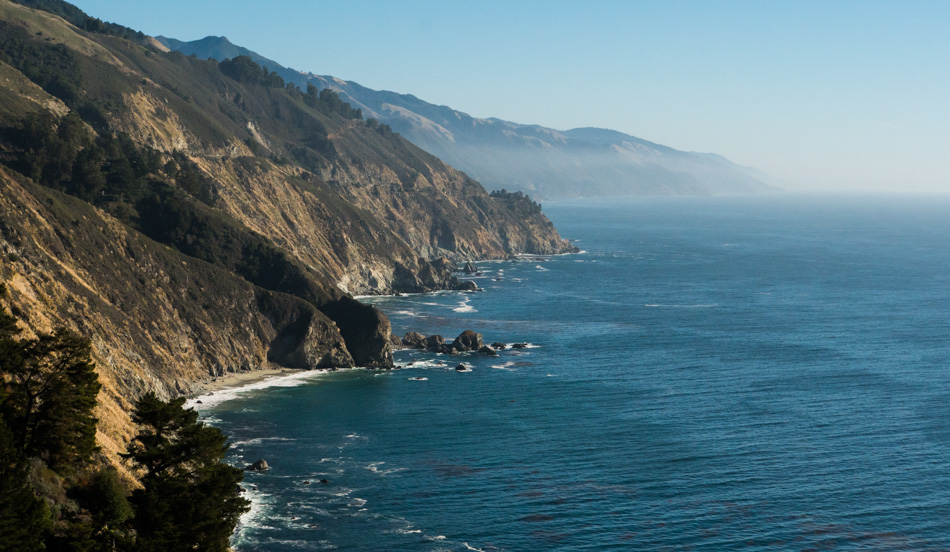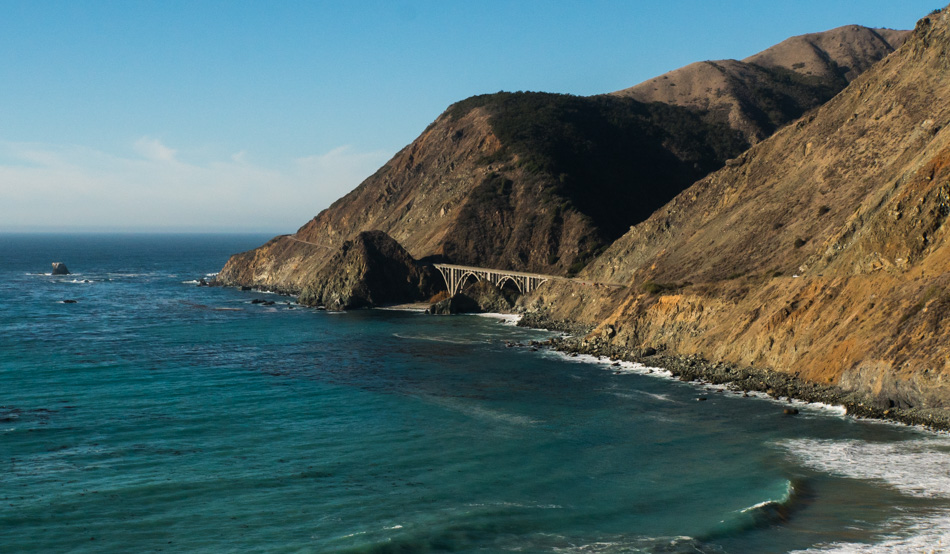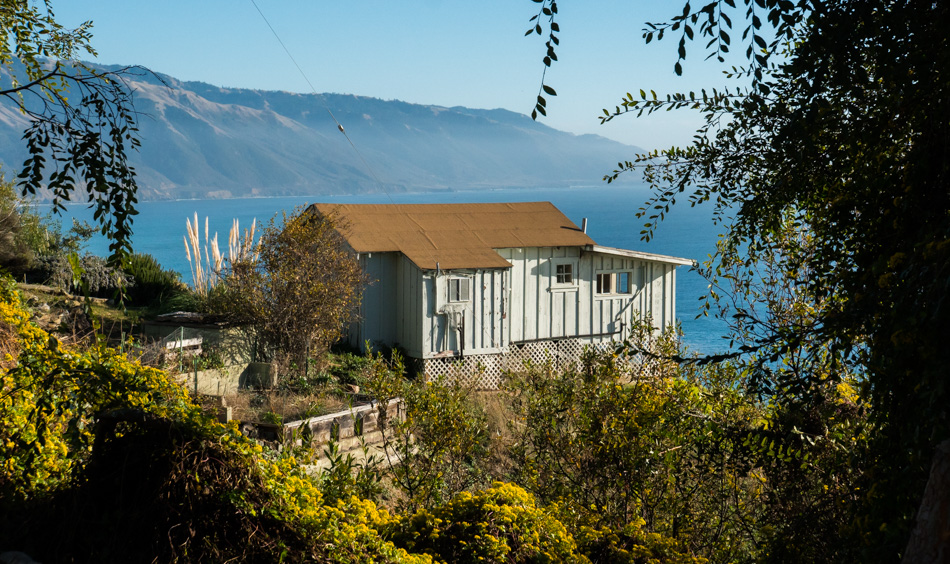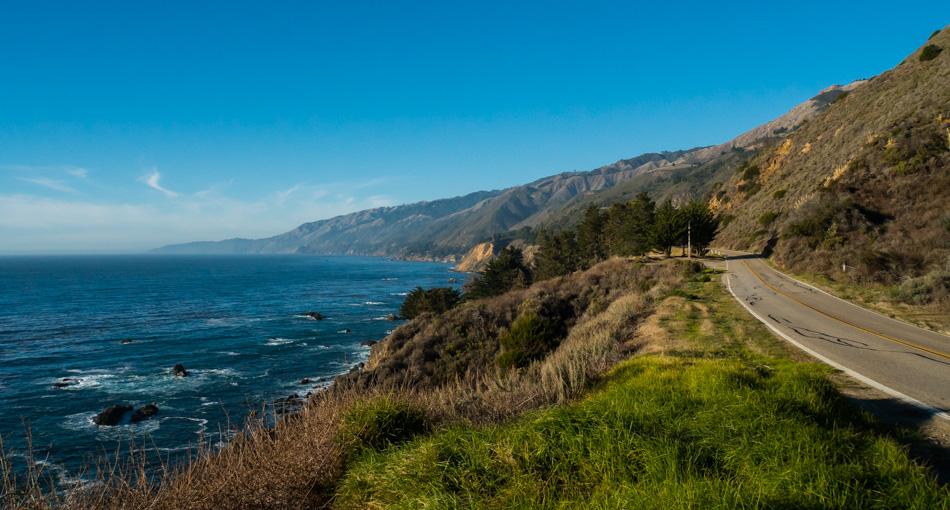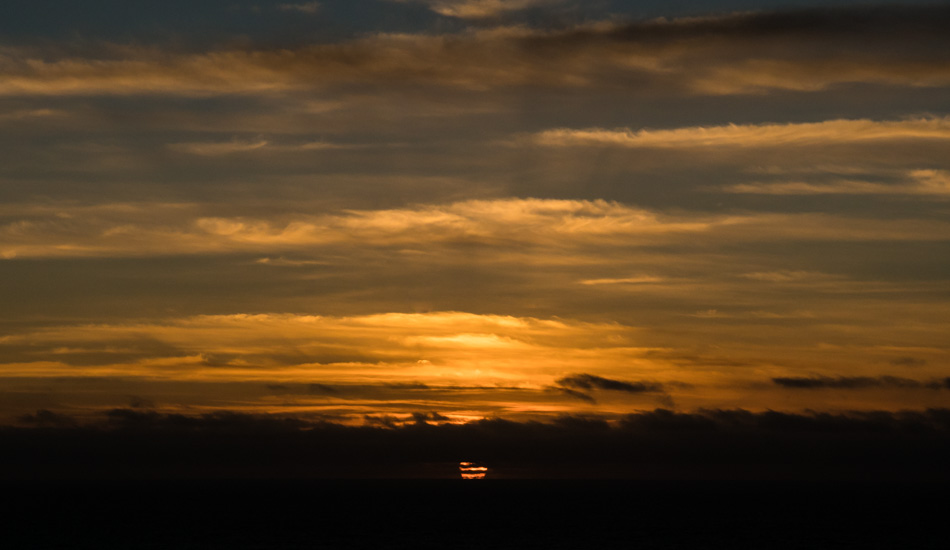
This is not a rare sight; on the contrary, it is the common sparrow. So why post it? Because I don’t often see common sparrows next to the Pacific Ocean with a perfect blue sky and red flowering torch aloe for a backdrop, so it’s kind of rare.
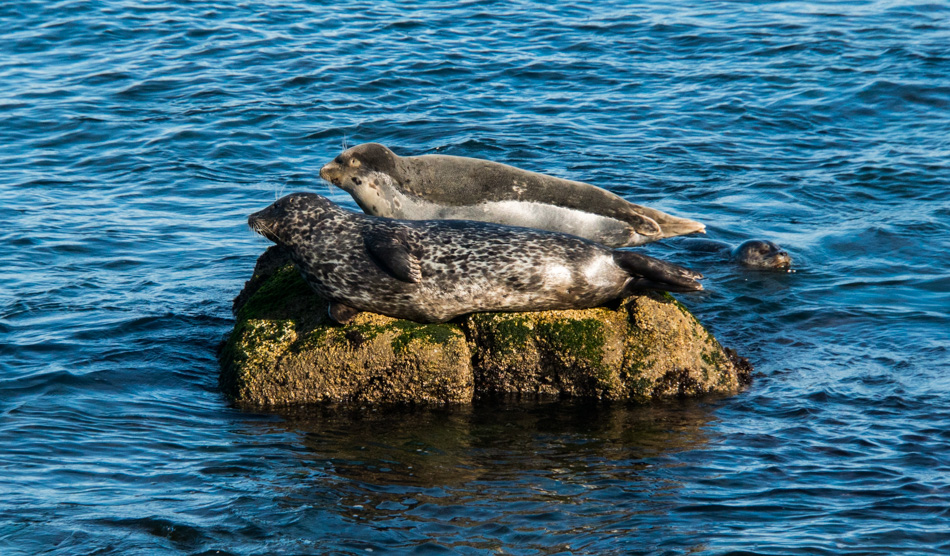
Two common harbor seals on a rock. Again, not something I’m likely to encounter in the desert of Arizona, nor will the people of Minnesota around this time of year when they are hitting -37 degrees of coldness.

Okay, this is pretty common, as in way too common a sight for me. This is what every fiber artist MUST do on vacation: search and visit every yarn shop on your travel route! Today, we made the pilgrimage to Monarch Knitting in Pacific Grove, but I should cut the wife some slack because the yarn she’s holding is the yarn I chose. When we walked in and were greeted by the staff, I immediately asked for the fingering weight yarn (as I’m oft to do) so I could scope some yarn suitable for socks. Those colors will end up as a pair on my feet sometime in 2018. They represent the sunset and color of the ocean for me. Caroline also picked up about $8000 in yarn for herself because that’s what these junkies do. Well, maybe it was only 4 or 5 skeins for about a hundred bucks; I’m getting old, and my powers of observation have only become more refined in how self-serving they are. There, wife – you happy that I finally admitted it in print?
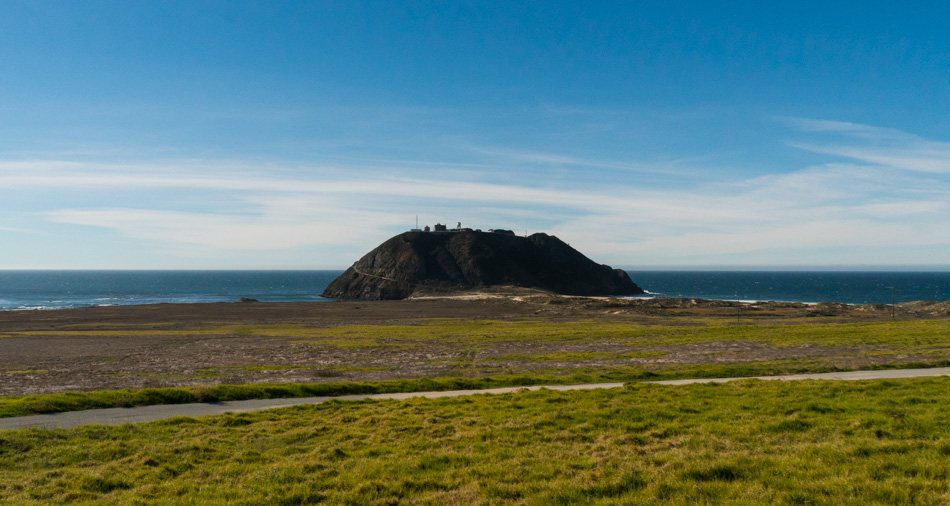
This is not a rare sight, but the perspective is about to change to one that is rare. It just so happens that after 20 years of passing this rock in the distance, we have arrived on the right day at the right time to be able to visit it. This is the Point Sur Light Station and is open for three scheduled visits per week: one on Saturday, one on Sunday, and one at 1:00 p.m. on Wednesdays (check the hours as these are for Winter).
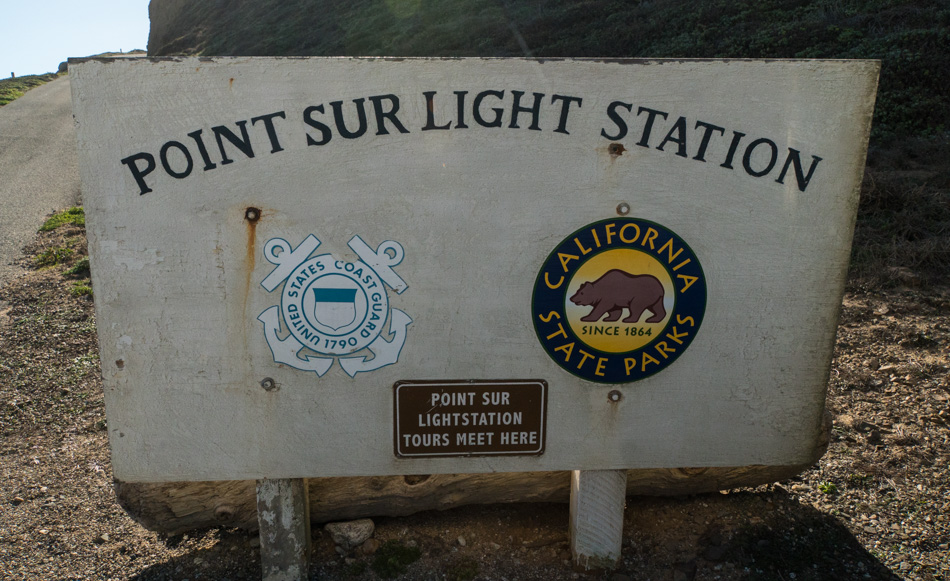
The three tours are only offered on a first-come-first-serve basis. We arrived over an hour early but still, there were two cars in front of us. By the time the gate was opened, there were certainly more people wanting in than are allowed. The tours are limited to 40 visitors, and there are NO reservations. After driving down the single-lane road to the base of the volcanic rock, we collect and divide into two groups that make the walk up the even narrower road without guard rails that fall off to a steep drop to the ocean where death awaits the person who steps in the wrong direction or driver whose brakes are less than stellar. My vertigo is about to go crazy.
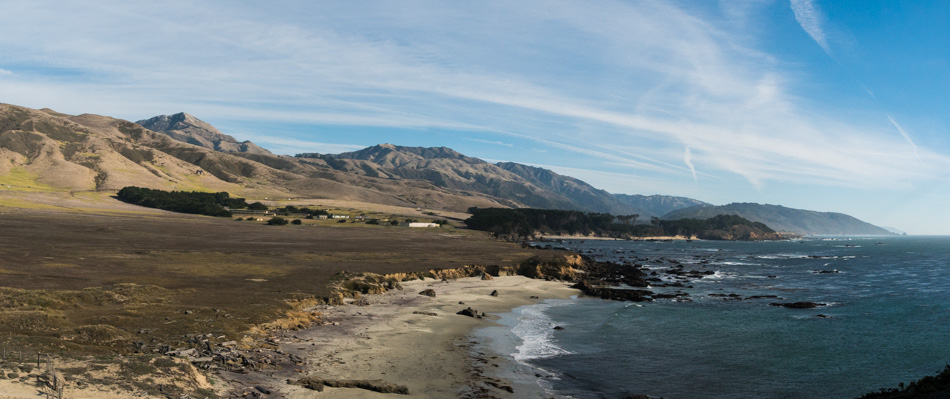
This is the Point Sur Naval Facility, which was once part of a worldwide network of defensive listening stations that tracked the movement of Soviet submarines. The Point Sur NAVFAC is one of the remaining Sound Surveillance System (SOSUS) facilities and the only one remaining on the West Coast (according to the California Parks website). It is rumored that the site will open to the public at some point in the future.
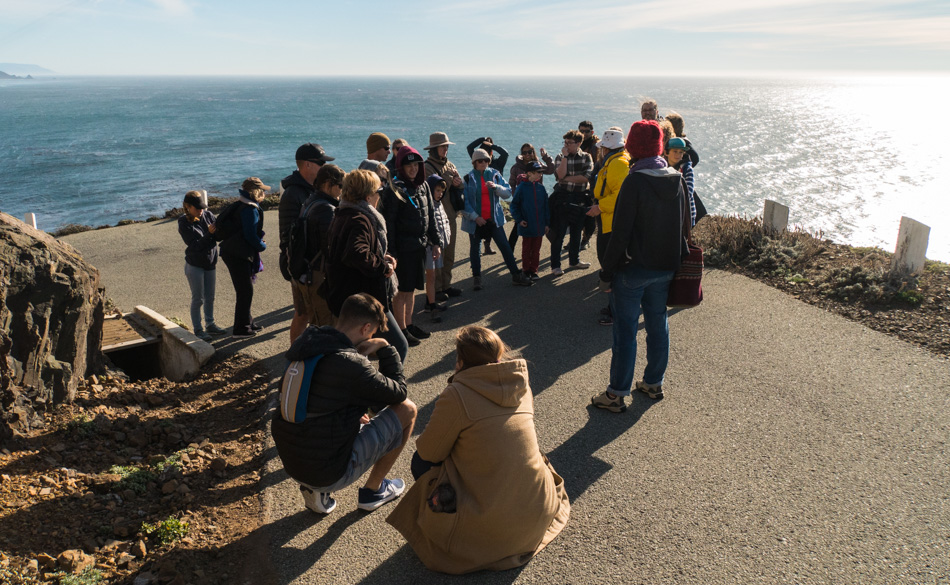
Pausing as we climb the 371-foot tall rock to the lighthouse that was first lit on August 1, 1889, and finally automated in 1974 as it became too expensive to employ humans to guarantee the functionality of the light and horn that warned ships for almost 100 years. As we walked up the rock, our docent Melissa shared stories about the facility and some history. Ricky was the other docent who was just behind us.
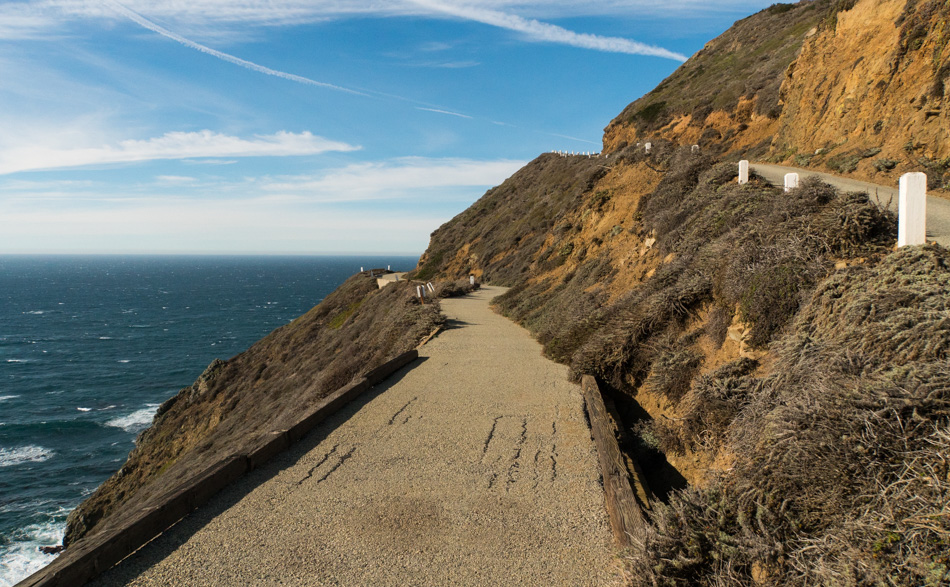
This little bridge nearly stopped me from seeing the lighthouse. Do you see the gap on the right side? That gap and the larger one on the ocean side drop into oblivion, a.k.a. DEATH. My knees were wobbling, and my lower intestines were knotting into vibrating, wracked contortions of squeamishness, sending their horrific energy straight out my pooper; sorry, but that’s where the center of anxiety driven by vertigo dwells in my body. Knowing there were children in the group that had been walking near the edge of the trail and hadn’t shown a care in the world, there was no way the old dude was going to belly-crawl this bridge or turn around I mustered some strength and aimed for the third GAPING crack from the right (hoping it didn’t open as I passed) and tried to follow its line. Once on the other side, the wood rail that was acting as a barrier ended, and the asphalt gave way to the sky and probably more death – oh, how I hate that I have vertigo. On the other side of all of this, Melissa assured me that we weren’t returning the same way. Hopefully, this would be a relief, but I still didn’t know if other hairy corners awaited me.
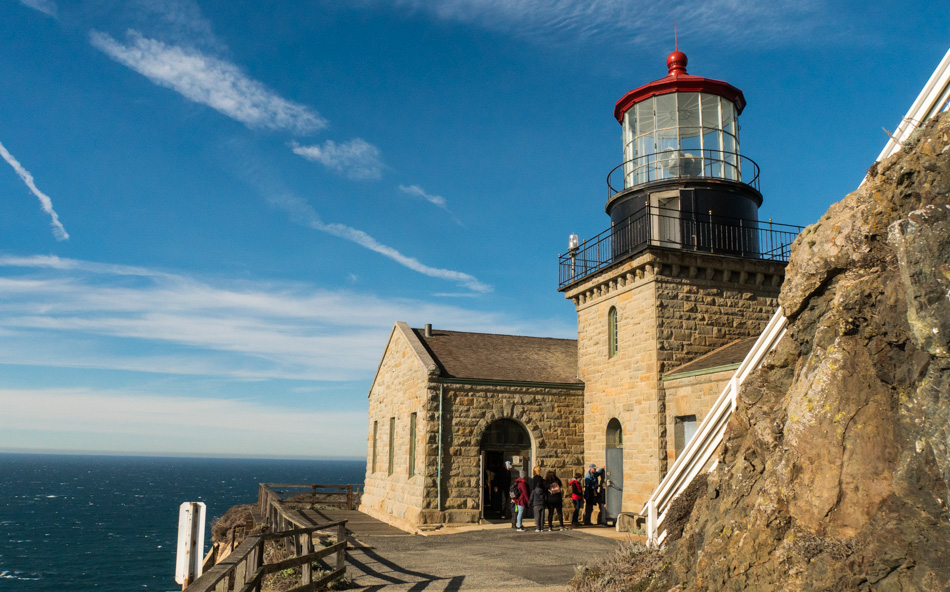
The Point Sur Lighthouse is seen in most of its glory. I say most because the original Fresnel lens was removed years ago, though the preparations for its return are being made, and maybe on a subsequent visit, we’ll visit at night and be able to see the beam reaching out to sea. This is a milestone in our travel as we have looked out upon this rock and longed to visit but could never quite coordinate our time of arrival; today will be a day to stand out. Not only have we finally made it out here, but according to Melissa, we are extraordinarily lucky with the weather, as it is a rare day in winter when blue skies and relatively warm temperatures greet visitors.
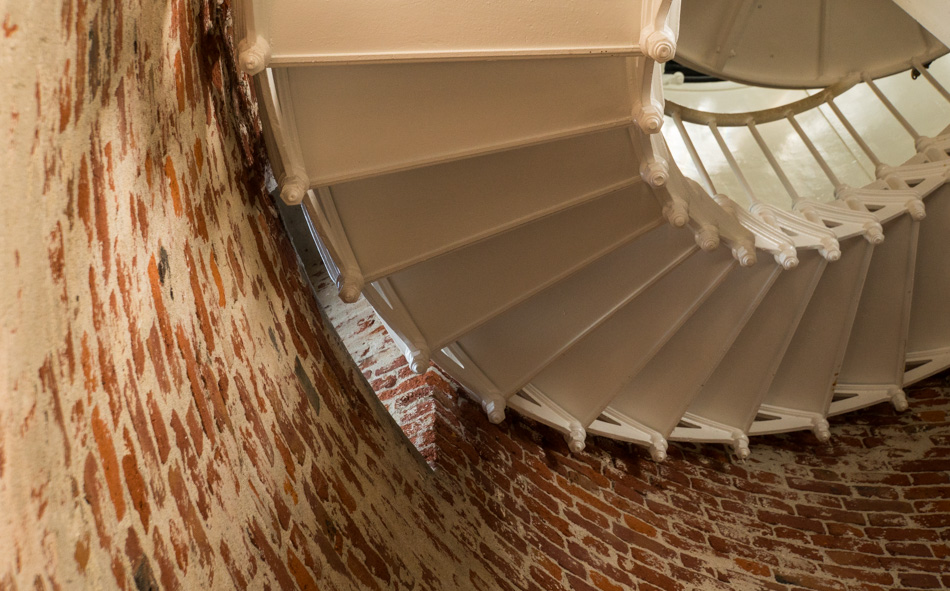
It’s a pretty tight fit for 20 people to stand in this room to listen to the docent tell of the history held in this facility; no wonder we break up into two groups. Upstairs, the squeeze is on until Melissa invites one of the other guests to open a side door so we can step outside.
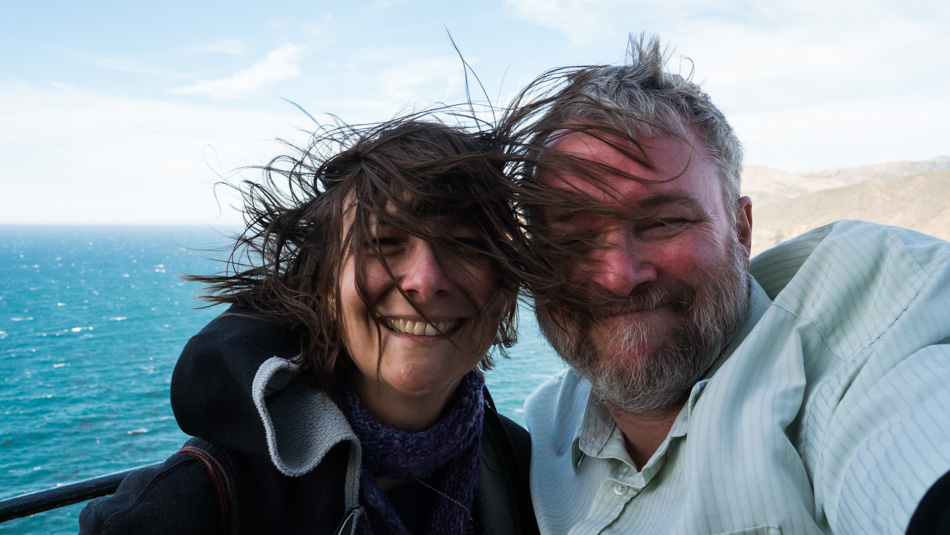
Once outside, things were wide open and cool compared to the stuffy little room under the glass enclosure of the lighthouse. Then we walked around the northeast corner, where the wind was blowing so hard that Caroline and I removed our glasses for fear of having them blown off our faces as we turned around for a selfie. Other versions have Caroline’s hair standing almost straight up while my short-cropped helmet of brittle gray hair sits nearly shellacked to my big redhead. In this photo, the hump on my left shoulder can be seen; I’m usually pretty good about hiding that side of my anatomy, as being a hunchback comes with some stigma. Being out here and having all of our senses stimulated is a win of epic proportions that tickles both of us to a delight that other mortals might only dream of experiencing. We attribute this sense of adventure to love, knowledge, and being nerds.
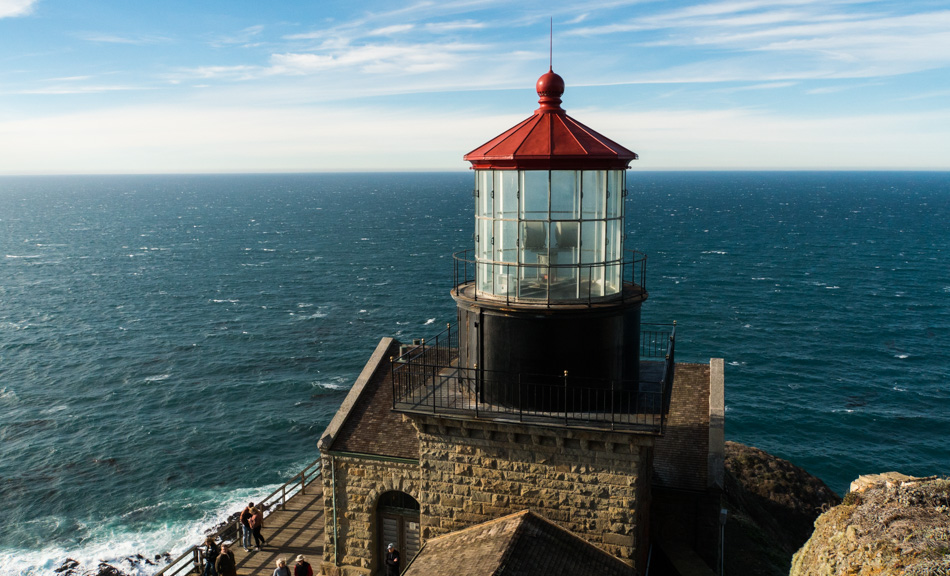
This is the money shot for me. The path leads us up a steep stairway that climbs the rest of the distance to the top of the rock, which is the Point Sur Light Station. It is from those stairs that I stopped to snap this photo. It sure would be amazing to return someday to see the Fresnel lens back in there.
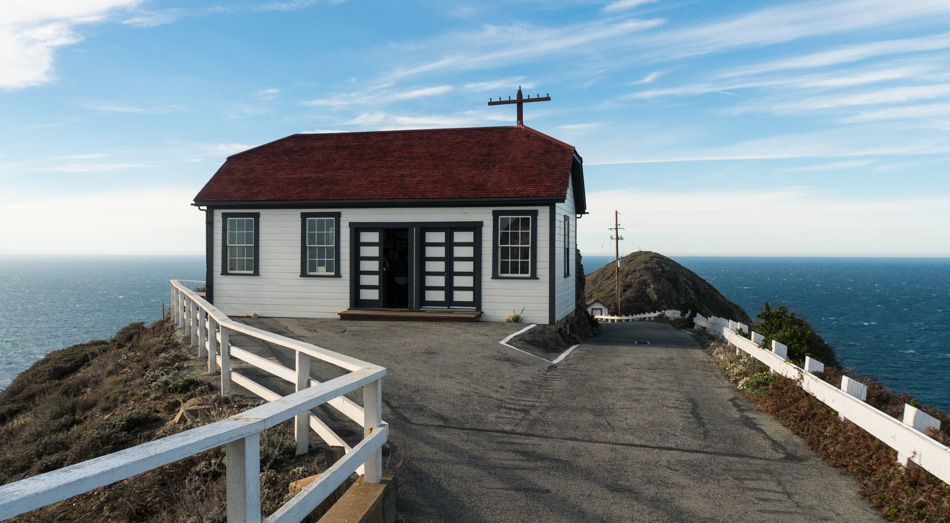
This is the carpentry and blacksmith shop that sits in front of the lighthouse; behind me are the living quarters called the Triplex, where the assistants to the lighthouse keeper lived. That facility is currently being renovated, while this shop is freshly finished with a great display inside this still-working building. Maybe you noticed from the photos that this has been a beautiful day so far.
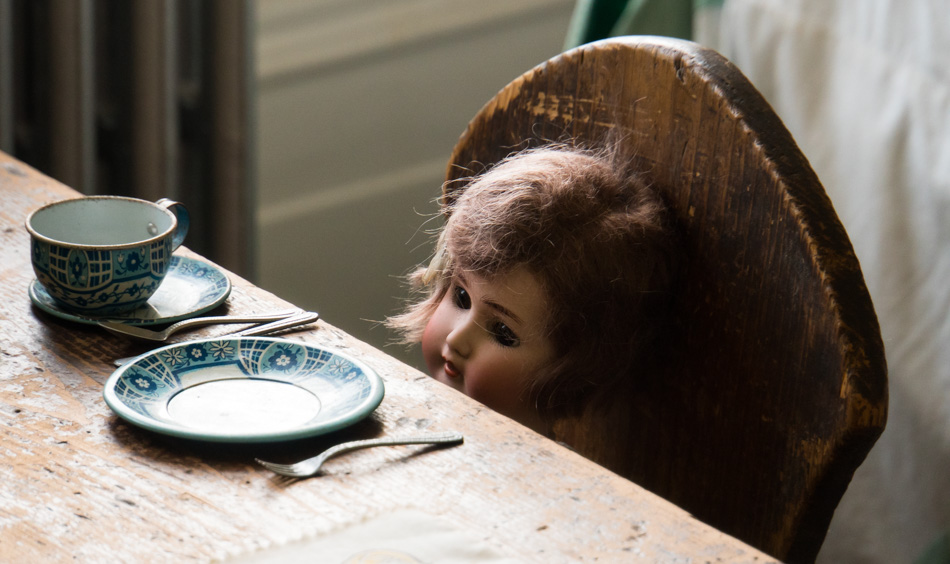
Next door to the Triplex is the freshly renovated living quarters of the lighthouse keeper and his family. The decor is straight out of the late 1950’s Americana. There was no TV on display as back in the day; there would not have been any signal that would reach out here. There was, however, an old-fashioned cabinet-style record player with a 45rpm record on it: “Four Walls” by Jim Lowe, which was made into a hit that same year by Jim Reeves – Click here to listen to the song.
There is a gift shop up here that is only accessible during these docent-led tours, so be sure to pick something up to commemorate your visit or enjoy a cup of coffee or hot chocolate. They accept credit cards, and this is also where you’ll pay your $12 per person entry fee at the end of the tour.
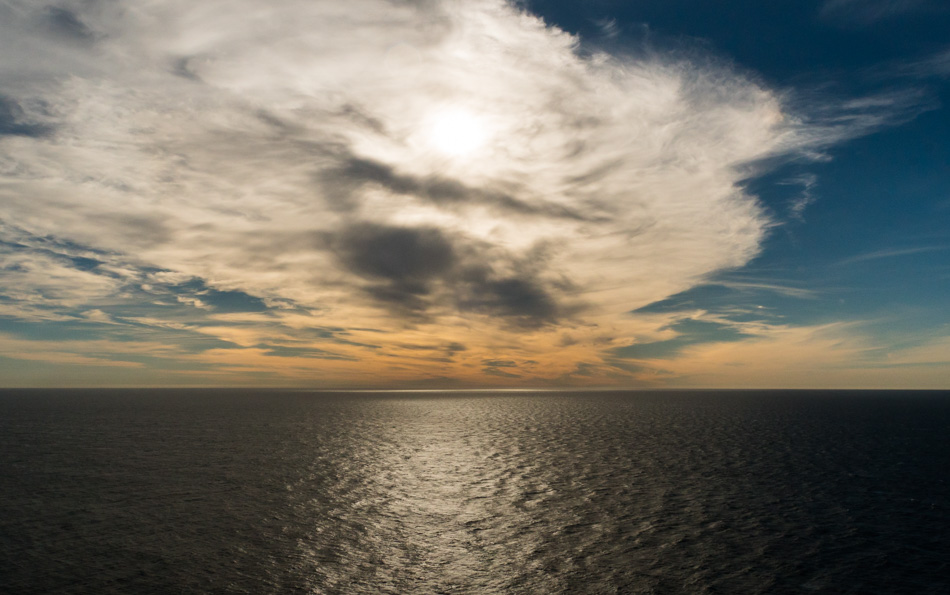
Our three-hour tour is over, but we are still accompanied by our docent for the final descent down the 371-foot volcanic rock that holds this 100-year-old relic that’s on the National Register of Historic Places.
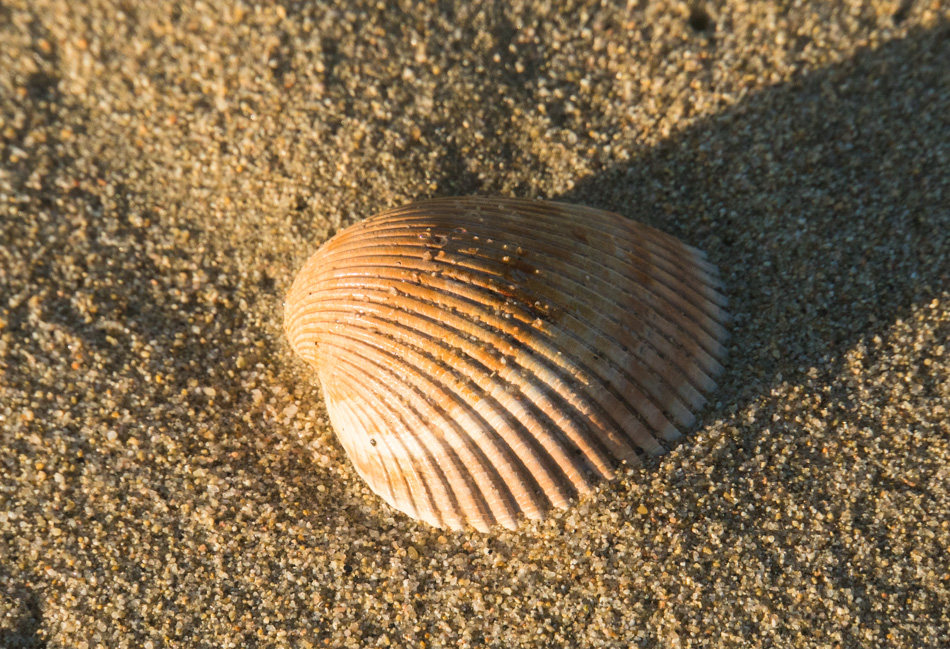
This seashell is about to return to the ocean. This shell, along with a couple of hundred others collected over the years along the coast are being returned to the sea as we feel they belong there more than in our living room. Part of us feels guilty as to the casual observer; there are two people here at Garrapata Beach throwing stuff wildly into the ocean. We’ve been meaning to do this for some time but have forgotten our bag of shells more times than we care to remember. It’s as though a circle has been closed.
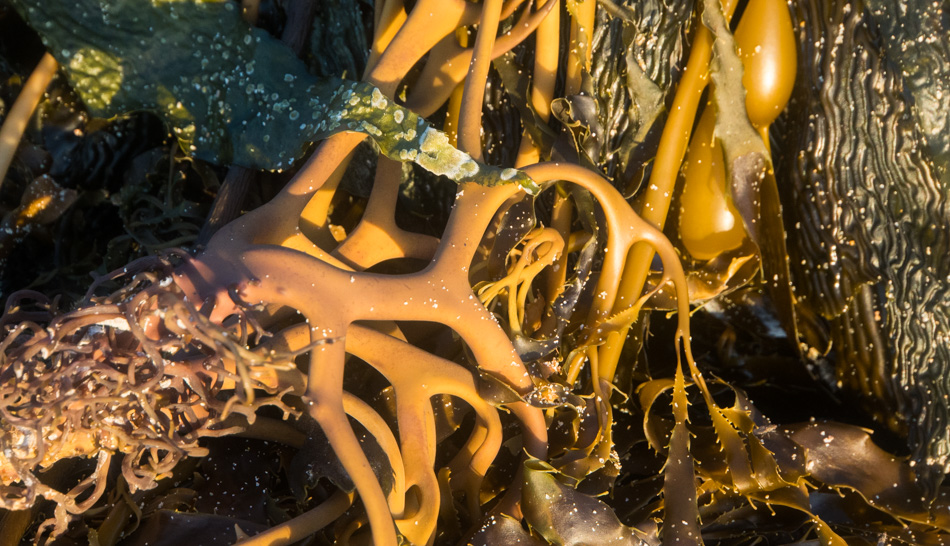
We walked back to the stairway leading up to a short path and roadside, where we parked the car. We rarely get to visit Garrapata Beach more than once on a trip up and down this part of the coast, and no matter how many times we visit, it’s always with a heavy feeling that we agree that it’s time to leave. We probably wouldn’t have stopped here again had we not remembered back on Christmas day to grab the bag of shells, but having this opportunity is a treasure and marks a perfect ending to another perfect day, which, when we are traveling, is seldom rare.

The sun is low in the sky as we bid the Big Sur coast farewell for another bit of time between visits. There are still a thousand things to see and do along this stretch of ocean, and hopefully, the next time we return, it will feel as new and exciting as it has on this adventure.
